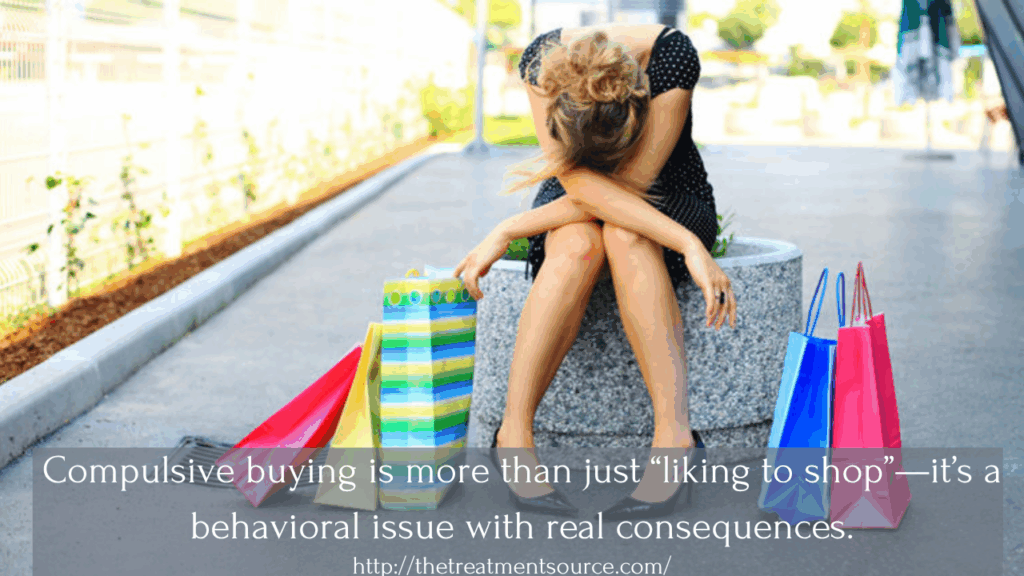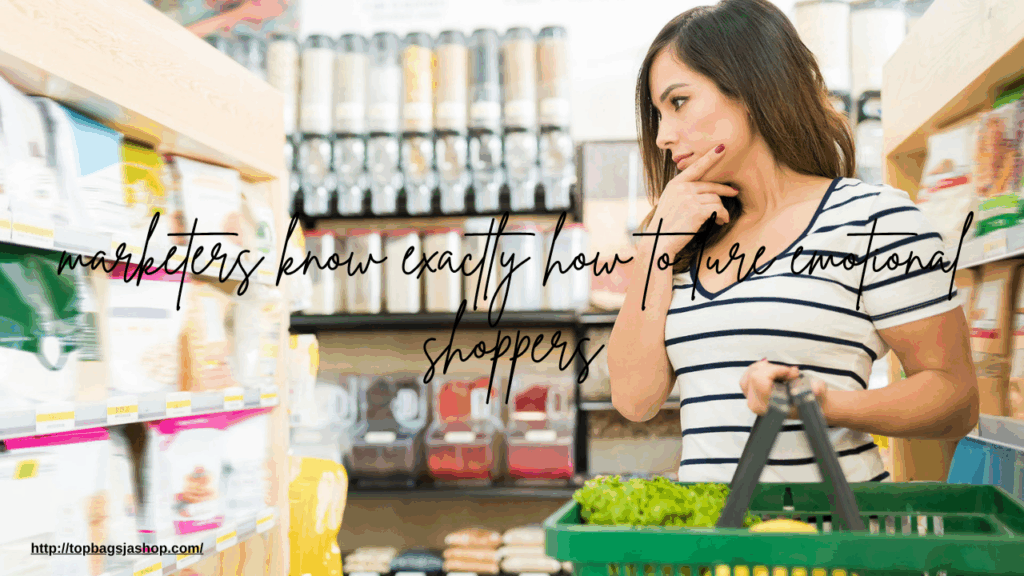
In a society where consumerism is celebrated and shopping is often seen as a harmless pleasure, it can be difficult to recognize when a shopping habit becomes a serious problem. What starts as an occasional spree or a quick mood boost can gradually evolve into compulsive buying—a behavioral addiction with emotional, psychological, and financial consequences. If left unchecked, compulsive buying can spiral into mounting debt, strained relationships, and significant mental distress.
What Is Compulsive Buying?
Compulsive buying, also known as oniomania, is an uncontrollable urge to shop and spend money, often triggered by emotional distress. Unlike occasional impulsive purchases, compulsive buying is persistent, repetitive, and usually leads to negative outcomes. It’s not about shopping for items you need—it’s about shopping to fill an emotional void, mask discomfort, or escape from reality.
Compulsive buying may offer momentary relief, but it quickly becomes a destructive cycle. The short-term high from making a purchase is followed by guilt, anxiety, and financial stress. To ease these feelings, the person shops again, perpetuating the cycle.
Warning Signs of Compulsive Buying
Recognizing the signs early can help prevent serious consequences. Here are key indicators that shopping habits may have crossed into compulsive territory:
1. Shopping as an Emotional Response
Do you find yourself shopping when you’re feeling sad, lonely, anxious, or stressed? Compulsive buyers often use shopping as a way to regulate emotions rather than address the root causes of their distress.
2. Loss of Control
If you repeatedly spend more than you intended or can’t resist the urge to buy something—even when you know you shouldn’t—it may indicate a loss of control. Compulsive buying is marked by repeated failed attempts to cut back or stop.
3. Financial Consequences
Mounting credit card debt, borrowing money to shop, or using funds meant for bills and necessities to make purchases are red flags. Compulsive buying often leads to serious financial instability and debt.
4. Guilt and Shame After Spending
Do you often feel regret, embarrassment, or shame after making a purchase? This emotional aftermath is a hallmark of compulsive buying.
5. Hiding Purchases
If you’re hiding your shopping bags, concealing bank statements, or lying about your spending, it’s a clear sign that your habits are causing internal conflict or relational strain.
6. Neglecting Responsibilities
Are your shopping habits interfering with work, relationships, or other responsibilities? Compulsive buying can lead to missed payments, relationship problems, and distraction from daily life.
Breaking the Cycle
Overcoming compulsive buying starts with self-awareness. Acknowledge the problem without self-judgment, and take steps toward change:
- Track Your Spending: Monitor what you buy, how much you spend, and how you feel before and after.
- Delay Purchases: Implement a 24- to 48-hour waiting period before buying non-essentials.
- Identify Triggers: Notice emotional patterns linked to your spending urges.
- Seek Support: Therapy, particularly cognitive-behavioral therapy (CBT), can be highly effective in addressing compulsive behaviors.
- Set Financial Boundaries: Create a realistic budget and use cash instead of credit to limit impulsive spending.
Conclusion
Compulsive buying is more than just “liking to shop”—it’s a behavioral issue with real consequences. By recognizing the signs and seeking support, you can regain control, reduce financial stress, and build a healthier relationship with money and emotions. The first step out of a financial spiral is awareness—and the willingness to change.
